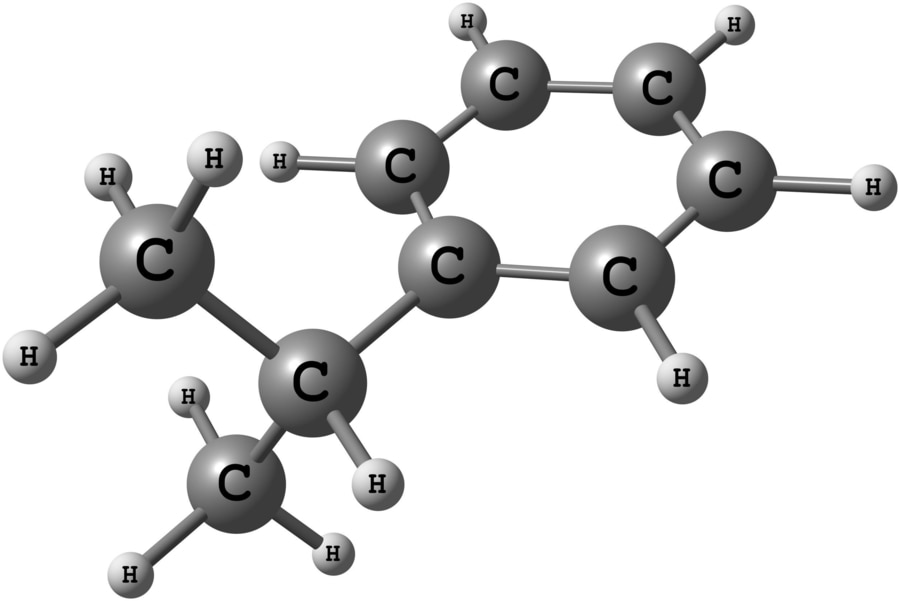
#Industry News
What are acceptable VOC levels in the air?
https://www.tecamgroup.com/acceptable-voc-levels/
TVOC: a key term in Air Pollution Control
Volatile Organic Compounds or VOC are organic chemicals that become a gas at room temperature and are the main origin of air pollution at ground level. A common term used when measuring and eliminating VOCs is “Total VOC” or TVOC. TVOC means the total concentration of multiple VOCs present simultaneously in the air. Measuring TVOC concentrations is less expensive than measuring the concentrations of many individual VOCs, so TVOC is a common data to be taken into account when it comes to air pollution control and exhaust air treatment. But… what are aceptable VOC levels in the air we breathe?
Acceptable VOC levels in the air for human health
Low TVOC concentration levels is considered to be less than 0.3 mg/m3. Acceptable levels of TVOC ranges from 0.3 to 0.5 mg/m3 of concentration. From 0.5 mg/m3 of TVOC concentration level onwards the concern is considered to be considerable or high.
TVOC can be measured in micrograms per cubic meter (µg/m3) of air, milligrams per cubic meter (mg/m3), parts per million (ppm) or parts per billion (ppb).
In the below chart, we’re showing acceptable VOC levels in the air we breathe:
TVOC Level mg/m3 Level of Concern
Less than 0.3 mg/m3 Low
0.3 to 0.5 mg/m3 Acceptable
0.5 to 1 mg/m3 Marginal
1 to 3 mg/m3 High
Effects of VOCs on human health
High levels of VOCs are considered to be harmful for people, since VOCs have a deep effect on human health. Exposure to VOCs can cause eye, nose and throat irritation, as well as upper respiratory infections, nausea, allergic reactions and headaches, etc. It can also aggravate existing respiratory diseases such as bronchitis and pneumonia. Regarding long-term exposure to outdoor air pollution, it can cause chronic respiratory diseases, lung cancer, heart disease, as well as acute respiratory infections in the case of children.
Common VOCs and products where we find them
The most common VOCs present in the air we breathe are: Acetone, Arsine, Benzene, Ethylene glycol, Formaldehyde, Hydrogen sulfide, Methylene chloride, Nitric oxide, Styrene, Tetrachloroethylene, Toluene, and Xylene, etc.
In industrial processes, VOCs are generated whenever there is an application of solvents, alcohols and paints. In other words, that is basically in the chemical, petrochemical, automotive and pharmaceutical sectors, etc.
That means that in our everyday life, we are in continuous contact with several products that contain and emit VOCs. For instance, semi-conducting materials, pill capsules, disinfectant, synthetic rubber, vehicle exhaust, auto parts, stored fuel, paint solvents, silicone sealers, printing ink, adhesives, paints and varnishes, etc.
Tecam Group contributes to air pollution control thanks to emissions elimination technology, specifically those of an industrial origin. We are specialists in the treatment of VOC emissions, NOx and SOx, among many others, through the development of turn-key environmental projects worldwide.





